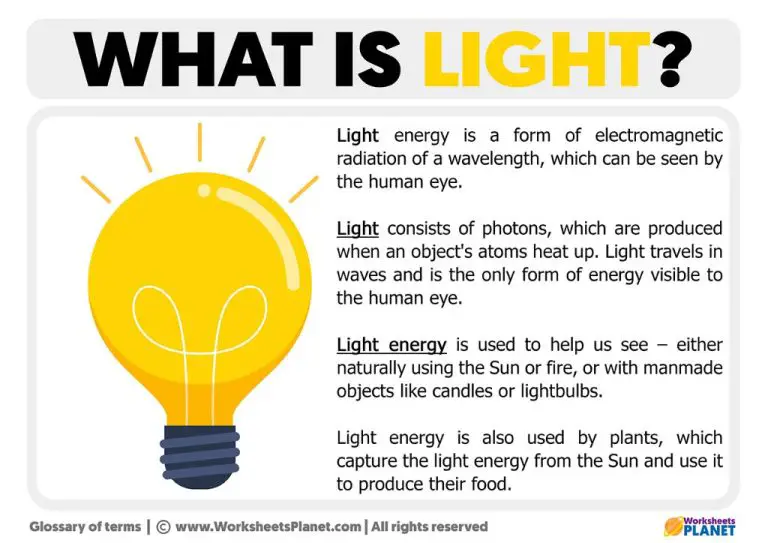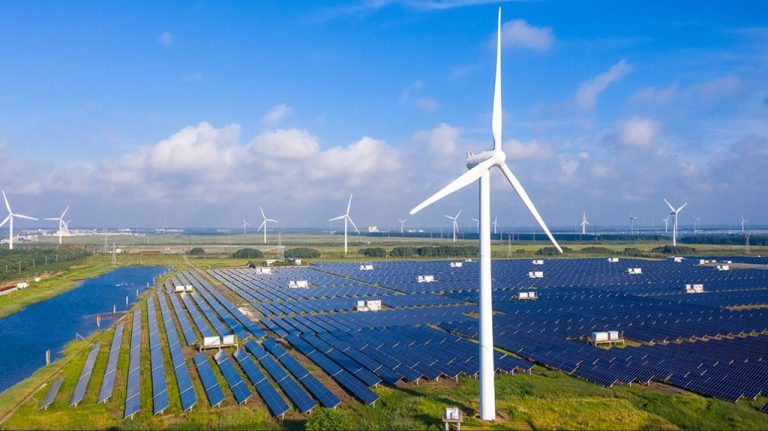Is Renewable Energy In Demand
Renewable energy comes from natural sources that are constantly replenished, such as sunlight, wind, rain, tides, waves, and geothermal heat. The most common renewable energy sources used for electricity generation are hydropower, wind, solar, geothermal, and biomass. There has been increasing global demand for renewable energy due to concerns about climate change and fossil fuel depletion, improvements in renewable technology and cost-competitiveness, energy security, job creation, public support, and government policies.
According to the International Energy Agency (IEA), the share of renewable energy in global electricity generation increased to over 42% in 2028, with wind and solar doubling to 25%. The growth is driven by the finite nature of fossil fuels, their impact on global warming, and the decreasing costs of renewables. Countries around the world are setting renewable energy targets and implementing policies to meet rising demand sustainably.
Fossil Fuels Are Finite
Fossil fuels such as coal, oil, and natural gas are finite resources that formed over millions of years from the remains of plants and animals. Unlike renewable energy sources such as solar and wind power, fossil fuels cannot be easily replenished and will eventually be depleted (source). According to most estimates, if the current rate of fossil fuel extraction continues, reserves of oil and natural gas could be significantly reduced within 50-100 years (source). Coal may last longer, but is still projected to start running out within the next century. Once depleted, fossil fuels would become very scarce and much more expensive to extract. The finite supply of fossil fuels, combined with their major role in climate change, is a key reason why there is pressure to transition to renewable energy sources that can be replenished over shorter timescales.
Climate Change Concerns
The burning of fossil fuels like coal, oil, and natural gas is the leading cause of climate change, releasing greenhouse gases like carbon dioxide into the atmosphere. These greenhouse gases trap heat and warm the planet. Renewable energy sources like solar, wind, geothermal, and hydropower produce little to no greenhouse gas emissions and help mitigate climate change. The World Trade Organization notes the global shift towards renewable energy is crucial for climate change mitigation efforts. The European Environment Agency confirms renewable energy is pivotal for decarbonizing heating and cooling, electricity, and transport to mitigate climate change. Expanding renewable energy can help nations meet their emissions reduction targets under the Paris Agreement.
Cost Competitiveness
The cost of renewable energy has declined significantly in recent years, making it competitive with fossil fuels in many cases. According to a report by the International Renewable Energy Agency (IRENA), the global weighted-average levelized cost of electricity from newly commissioned utility-scale solar PV fell 82% between 2010 and 2019. Onshore wind costs fell 39% over the same period. As a result, renewables are now the cheapest source of new power generation for at least two-thirds of the global population.
An analysis from Arcadia shows that the true cost of fossil fuels is much higher when accounting for externalities like healthcare costs from pollution. They estimate that the unpriced external costs of fossil fuels amount to at least $4.40 per gallon of gasoline. In comparison, the cost of solar and wind power is now at or below the cost of fossil fuels in most of the world.

Several studies confirm that renewable energy is increasingly cost competitive with conventional power generation from fossil fuels. Declining technology costs, government subsidies, and climate policies have all contributed to this trend. As costs continue to fall, the economic competitiveness of renewables will further drive demand and adoption globally.
Energy Security
Renewable energy sources enhance a country’s energy security by reducing reliance on imported fossil fuels that are subject to volatile prices and supply disruptions. Many countries currently import a significant portion of their fossil fuel supply, leaving them vulnerable to unpredictable disruptions and price fluctuations. According to one study, renewable energy improves a country’s energy security and resilience. Local renewable sources reduce the dependence on imports and exposure to external energy shocks.
Governments now recognize the strategic value of renewable energy to strengthen national energy security, as noted in a report from RMI. By investing in domestic renewable energy sources like solar, wind, geothermal and hydropower, countries can achieve greater control over their energy supply and reduce vulnerability to global market forces. With renewable energy, the “fuel” source is available locally and not subject to geopolitical disputes or limited to specific countries. This provides countries with a stable, reliable and affordable supply of energy over the long term.
Job Creation

The renewable energy sector has become a major source of job creation around the world. According to the International Renewable Energy Agency (IRENA), the renewable energy sector employed 11.5 million people globally in 2019, an increase of 700,000 jobs from 2018 [1]. IRENA projects that the renewable energy sector could employ over 42 million people by 2050.
Many analyses have found that renewable energy creates more jobs per unit of energy generated compared to fossil fuels. According to one study by the Natural Resources Defense Council, producing electricity from renewable sources like wind and solar creates about three times as many jobs as producing the same amount of electricity from fossil fuels [2]. The manufacturing and installation of solar panels, wind turbines, and other renewable technologies is more labor-intensive than building traditional fossil fuel power plants.
The renewable energy transition also creates opportunities for reskilling and upskilling fossil fuel workers. With targeted policies and investments, renewable energy can be an engine for equitable and inclusive job creation.
Public Support
Public opinion polls consistently show strong support among Americans for expanding renewable energy and taking steps to address climate change. A June 2023 Pew Research Center survey found that 69% of Americans say developing alternative energy sources like wind and solar should be a more important priority for the country than expanding fossil fuel sources.1 Only 31% currently support phasing out fossil fuels entirely, but a majority want the U.S. to transition away from fossil fuels over time.1
A 2022 Pew poll similarly found 69% support the U.S. taking steps to be carbon neutral by 2050, even if it means higher costs or more regulations.2 And a poll by the American Clean Power Association found 86% of voters support expanded use of renewable energy like wind and solar.3 This data shows most Americans recognize the need to transition away from fossil fuels and want policymakers to take action on climate change through renewable energy development.
Government Policy
Governments around the world are implementing policies to promote renewable energy, seeing its potential benefits for energy security, economic growth, and the environment. According to a report by the World Resources Institute, at least 156 countries had renewable energy targets and support policies in place as of early 2022.

Some key government incentives include renewable portfolio standards, feed-in tariffs, tax credits, loans and grants, and regulations to phase out fossil fuels. For example, renewable portfolio standards require utilities to source a minimum percentage of their electricity from renewables. Feed-in tariffs offer guaranteed pricing for renewable power fed into the grid. Investment tax credits and production tax credits provide valuable financial incentives. Direct spending on research and loans can accelerate technological advancement and deployment. And phasing out coal plants transitions the energy mix toward cleaner sources.
Analysis shows these incentives have proven highly effective. In the U.S., state renewable portfolio standards have been “the most important driver of renewable energy capacity growth since 2000,” according to a 2013 study. The federal production tax credit helped make wind power cost-competitive and spurred massive growth. Such policies demonstrate that government leadership can reshape energy markets to harness more renewables.
Corporate Sustainability Goals
Many major corporations have set ambitious renewable energy and emissions reduction targets. According to a report by the IRENA Coalition, over 300 of the world’s largest companies have committed to transitioning to 100% renewable energy through the RE100 initiative. Corporations that have joined RE100 include Google, Apple, Microsoft, Coca-Cola, GM, and Goldman Sachs. These companies have set target years ranging from 2020 to 2050 to fully power their global operations with renewable energy.
Analysis shows that corporate renewable energy targets tend to be more aggressive than national and utility clean energy goals (O’Shaughnessy, 2021). This means that in order to achieve their sustainability commitments, corporations are creating significant new demand for renewable energy. For example, Amazon has a target to reach 100% renewable energy by 2025 and 80% emission reduction by 2040. Such ambitious goals from major companies are accelerating the transition away from fossil fuels.
Corporate clean energy procurement provides important market signals about demand for renewables. As more companies set bold sustainability targets, it demonstrates the business sector’s growing preference for clean power sources.
Conclusion
In conclusion, there are several key factors driving the rising demand for renewable energy globally. Fossil fuels like coal, oil and gas are finite resources that will eventually run out. Burning these fuels also contributes significantly to climate change through greenhouse gas emissions. Renewable energy sources like solar and wind are increasingly cost competitive with fossil fuels, even without subsidies in some regions. They provide energy security by utilizing domestic resources rather than imported fuels. The renewable energy industry also creates more jobs per unit of energy than fossil fuels. Public support for renewables is strong due to environmental concerns. Governments around the world are enacting policies to encourage the growth of renewables through mandates, incentives and carbon pricing schemes. Many corporations have made commitments to use 100% renewable energy to reduce their carbon footprints and meet sustainability goals. The confluence of these factors means demand for clean sources of energy like solar, wind and geothermal will continue to accelerate in the years ahead.







